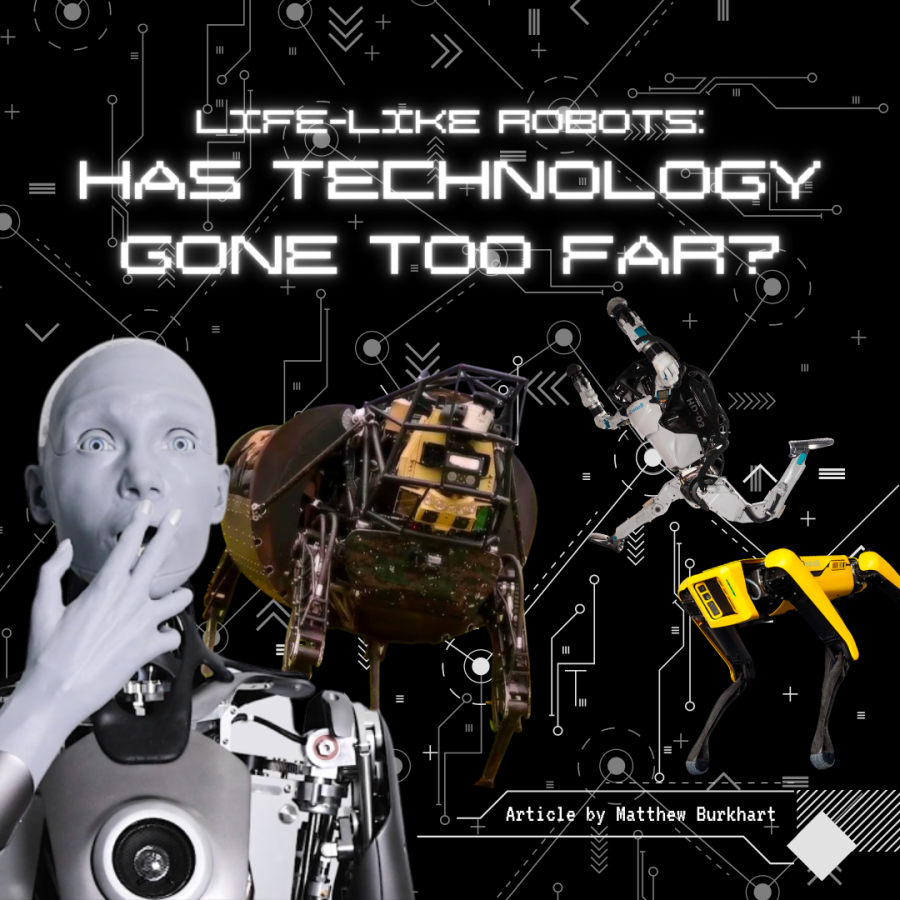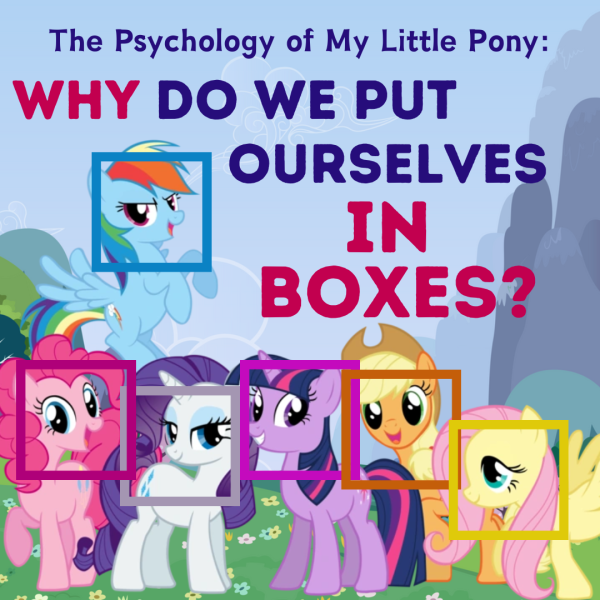Life-Like Robots: Has Technology Gone Too Far?
For years, we have been anticipating the day that robots and artificial intelligence will catch up with humans, either through expression or being able to think on their own. What seemed like the impossible is finally here, but is it really necessary?
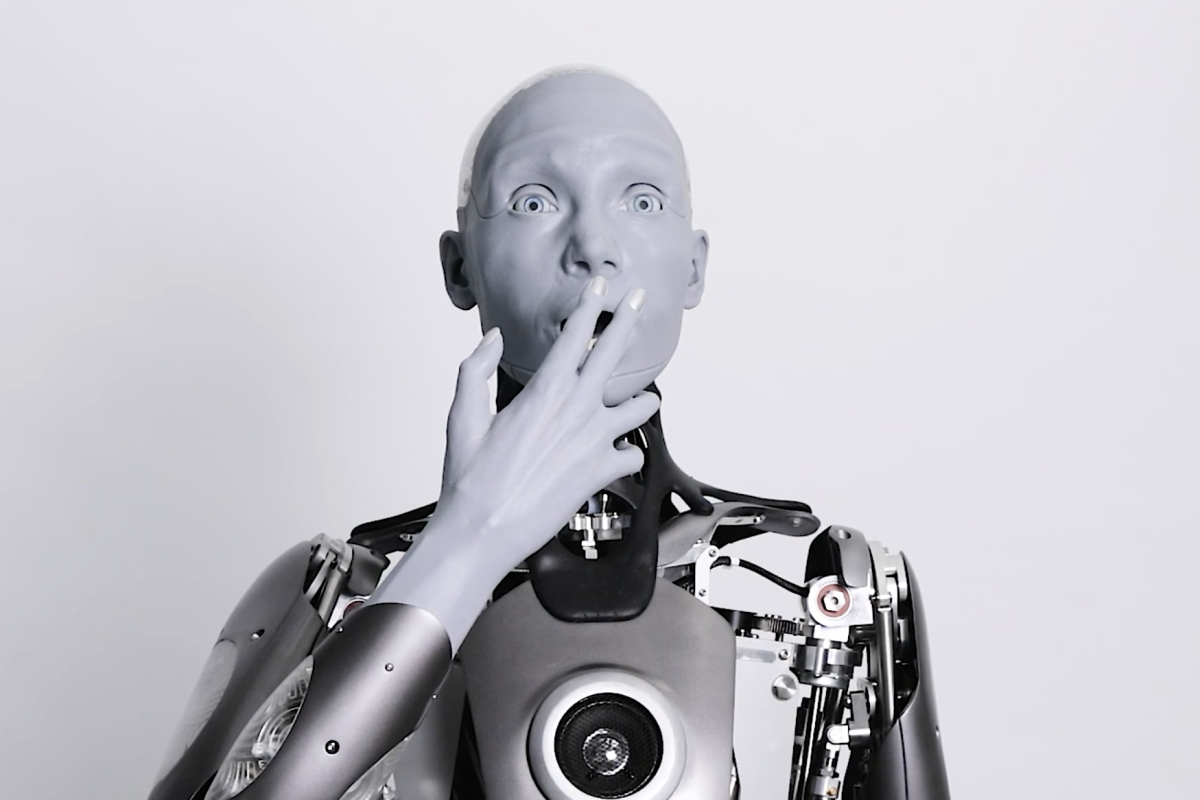
On December 2nd, Engineered Arts, one of the leading entertainment robot designers, unveiled their new robot prototype, Ameca. Ameca is a hyper-realistic “human entertainment robot” and while it does not have movable legs or skin that looks similar to humans, it is by far the most expressive robot that exists today. Although Engineered Arts is only using Ameca to show it off at conventions, this new robot has sparked conversations about robots like Ameca being used for human interaction in the workforce, such as replacing cashiers and customer service workers for a more cost-efficient alternative.
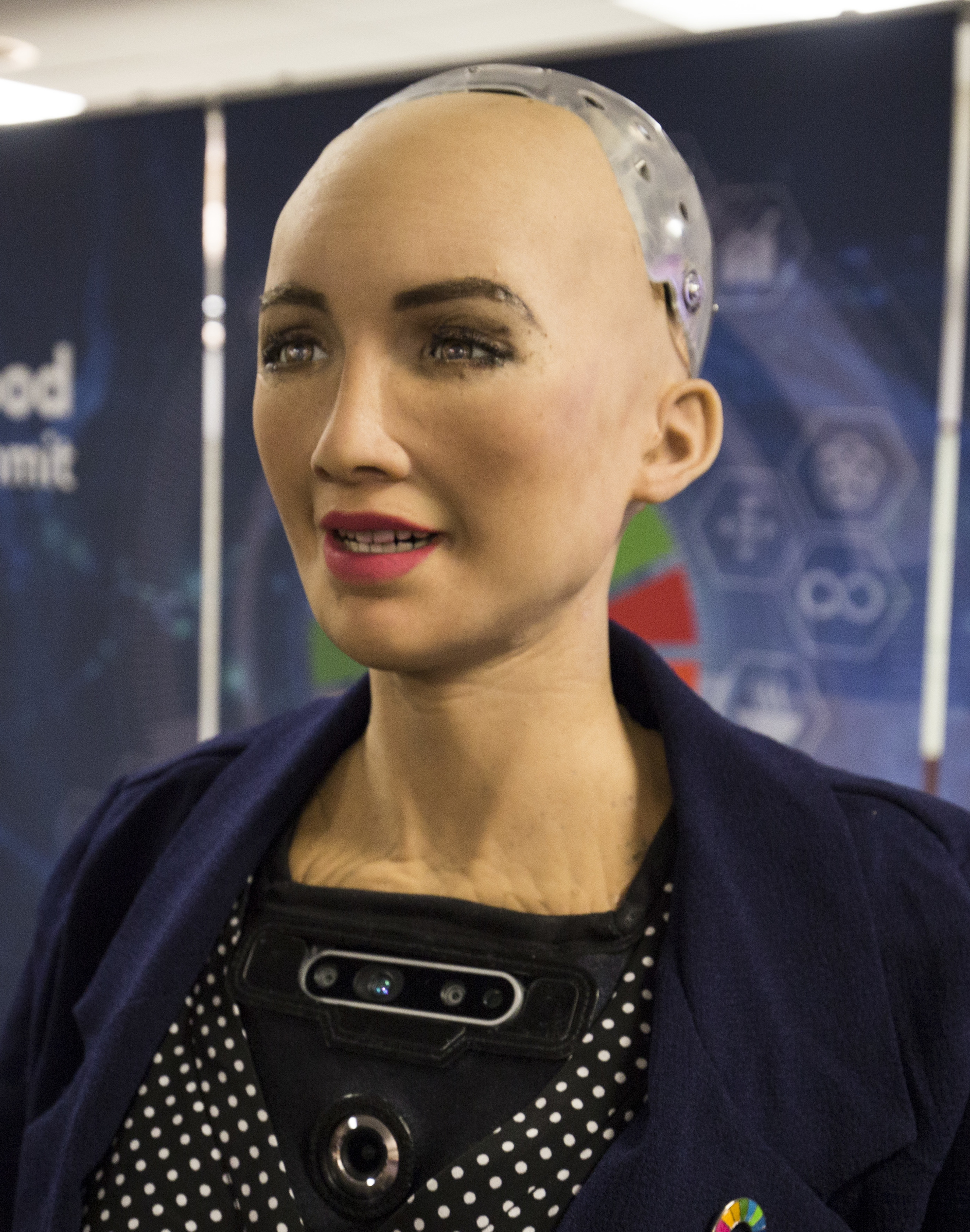
Sophia by Hanson Robotics is well known across the world today for its conversational capabilities which are credited to its highly advanced AI. Sophia is paving the way for AI by becoming the first robot to receive citizenship from a country, which was Saudi Arabia. Sophia currently holds more rights than women in Saudi Arabia, as the robot is allowed to be seen in public without a head covering or a male companion. David Hanson, Sophia’s creator, said that he hopes that the robot will be able to enter the fields of customer service, healthcare, therapy, and education someday.
The most concerning aspect of Sophia is how people and organizations are treating this robotic AI as a sentient being. Along with its citizenship status, Sophia has been interviewed by multiple sources in the same manner that a person would and it has been invited to speak at multiple events, including a United Nations conference in 2017. Interviews with Sophia are often clunky and awkward, with Sophia either saying nonsensical things or having awkward attempts at humor. At some interviews, Hanson asks for Sophia to be given questions beforehand, with the company often rejecting some. Although it has life-like facial features and basic conversational skills, it is essential to remember that in reality, Sophia is a chassis with wires and circuits that uses computer-written code to generate everything it could say. The robot is not actually speaking, the program is. Sophia is only a puppet.
Robots like Ameca and Sophia could potentially threaten job security for those working in industries such as retail and healthcare. While executives claim that introducing robots into the workforce can uplift workers into higher-level jobs, this is blatantly untrue and shows how disconnected big business executives are from the struggles of the working class. With rising rent, no universal healthcare, and no free college, many are forced to take jobs at lower levels, which are only rising in competition. The COVID-19 pandemic has also allowed businesses to quietly sneak robots and AI into the workforce in the form of devices such as chatbots that screen COVID-19 patients for their symptoms and whether they need to see a doctor, and programs that take orders from customers. These changes have eliminated thousands of jobs across the country, only continuing to feed into the current job crisis.

/cdn.vox-cdn.com/uploads/chorus_asset/file/19224516/bfarsace_190919_3680_0038.jpg)
Boston Dynamics is very well known for their highly advanced robots that they are developing with a tactical intent. Their most famous models are the Spot, a robotic dog that is being experimented with at police precincts across the country and was briefly used by the New York City Police Department but was scrapped due to “overly aggressive policing,” and Atlas, a highly agile bipedal robot with combat potential. A lesser-known robot they have developed is the LS3, which has been developed specifically for use in war. The quadruped robot has a carrying capacity of near 400lbs and while it does not have any firepower, it was designed to carry instruments of war across battlefields. While the intentions of these robots are regularly questioned, it is important to remember that Boston Dynamics receives much of its funding from the U.S. military and D.A.R.P.A, a U.S. Department of Defense agency that is responsible for the development of technology for use by the military.
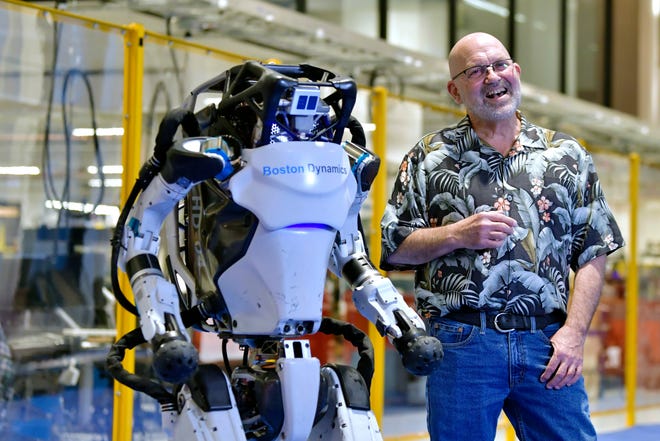
With the production of Spot, Atlas, and the LS3, many are hopeful that one day, we might completely replace soldiers with robots, which at first, sound like a life-saving idea, but many fail to realize that in many armed situations, the U.S. is facing opponents with inferior technology. This means that by using robots in combat, we are effectively replacing the humanity from our side of the battle, while our combatants lose their mortal lives to machines and lines of code. This has already occurred in the form of drone warfare, which the United States has regularly used since the mid-2000s. Throughout its use, it has become synonymous with enabling our leaders to carelessly kill civilians with little remorse, most recently with the bombing of what was thought to be a terrorist truck carrying car bombs in Afghanistan on August 29th, 2021. Instead, the car was carrying water for relief, and the strike killed all ten passengers, seven of which were children. After military officials found out about their tragic mistake, they apologized but did not punish any officers who were responsible for these killings. Since then, the victims of this attack and the attacks since combat drones have been used have been forgotten in the United States.
From Ameca to the LS3, it is clear that the technology to replace humans on many fronts is here, but is obviously not beneficial to most people. In a world of COVID-19 and climate change, there are more important matters than replacing people with artificial intelligence.
These robots raise a common question: just because we can do something, should we do it?
Your donation will support the student journalists of Enloe Magnet High School, allowing us to cover our annual website costs. We are extremely grateful for any contribution, big or small!

(He/him)
Matthew is a senior and is very excited to be the news editor this year! He loves writing about political issues and local news. Outside of...


